Export Office: 21Floor, No.5 Nanhai Zhi Road,Qingdao, Shandong ,China
Work Shop: Beian Industrial zone, Qingdao,Shandong,China
+86 532 88256399
Martin
Inquiry now
Butterfly valve, as the name suggests, its key components like a butterfly in the wind, swing freely. The disc of the butterfly valve is a round plate, rotating around an axis in the valve seat, the size of the rotation angle, is the opening /closing degree of the valve.
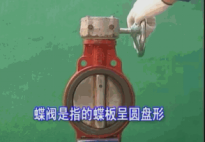
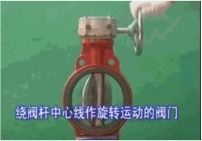
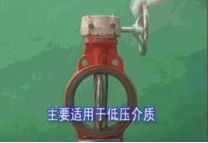
The structure of butterfly valve
Butterfly valve mainly consists of valve body,disc, stem, bearings, sealing device, operating mechanism and accessory parts.
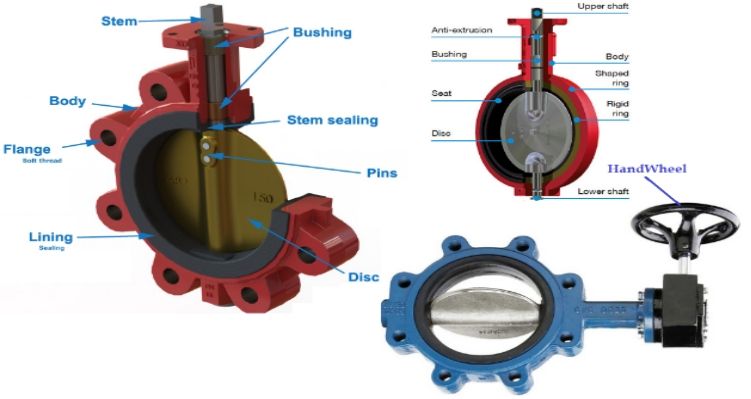
Butterfly valve structure type
►Butterfly valve one stem with pin
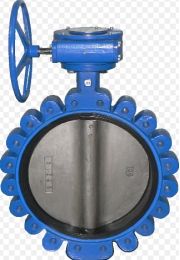
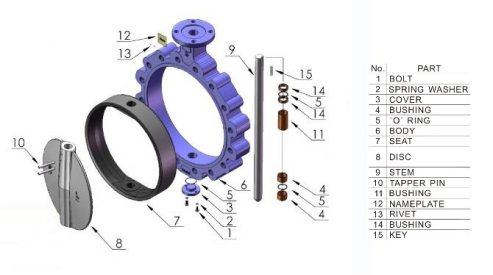
►Butterfly valve double-stem without pin
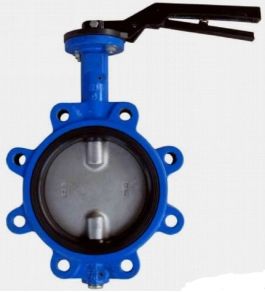
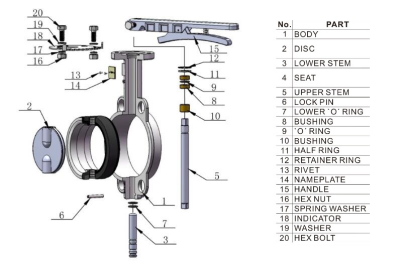
How does butterfly valve work?
The butterfly valve is a valve that opens and closes according to the rotation of the valve stem while driving the disc plate to rotate. In the cylindrical channel of the butterfly valve body, the disc rotates around the axis, mainly by rotating the disc plate 90° for flow control , When the disc reaches 90°, the valve is in a fully open state. At the same time, the angle of the disc can be changed to adjust the medium flow. It is generally installed in the diameter direction of the pipe. The butterfly valve and the valve stem have no locking ability. In order to effectively adjust the flow, a worm gear reducer is required. The butterfly valve with a worm gear reducer not only makes the butterfly valve self-locking, but also changes the operating performance of the butterfly valve and adjusts the medium flow more accurately. .
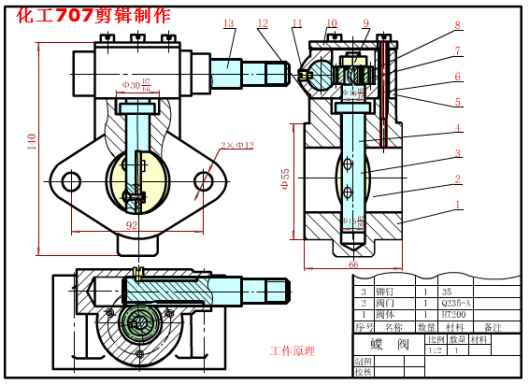
When the butterfly valve is fully opened, it has a small flow resistance. When the opening is between about 15° and 70°, it can carry out sensitive flow control. Therefore, the application of butterfly valves is very common in the field of large-diameter adjustment. Since the movement of the disc of the butterfly valve is wiping, most butterfly valves can be used for media with suspended solid particles. Depending on the strength of the seal, it can also be used for powder and granular media.
Butterfly valves are suitable for flow regulation. Because the pressure loss of the butterfly valve is relatively large, about three times that of the gate valve, when selecting the butterfly valve, the influence of the pressure loss of the pipeline system should be fully considered, and the strength of the butterfly disc withstand the pressure of the pipeline medium when it is closed should also be considered. . In addition, it is necessary to consider the limitation of the working temperature that the flexible valve seat material can withstand at high temperatures.
The structure length and overall height of the butterfly valve are small, the opening and closing speed is fast, and it has good fluid control characteristics. The structure principle of butterfly valve is most suitable for making large-diameter valves. When a butterfly valve is required to control flow, the most important thing is to correctly select the specification and type of the butterfly valve so that it can work properly and effectively.
Butterfly valve classification
1.Concentric butterfly valve
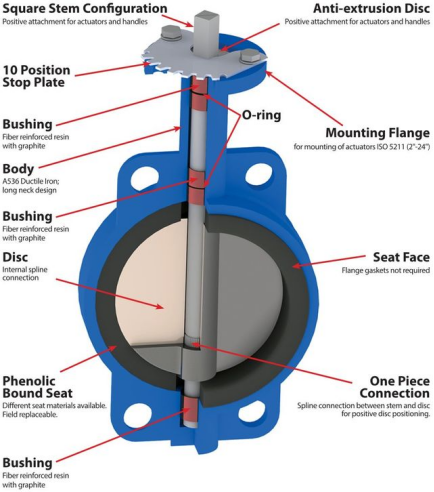
The structure of concentric butterfly valve is the valve stem center, disc center and body center in the same position.
The structure is simple and the manufacturing is convenient. Common rubber-lined butterfly valves belong to this category. The disadvantage is that the disc and the valve seat are always in a state of squeezing and scratching, with a large resistance distance and rapid wear. In order to overcome squeezing, scratching, and to ensure sealing performance, the valve seat is basically made of rubber or PTFE and other elastic materials, but it is also subject to temperature restrictions in use. This is why traditionally people think that butterfly valves are not resistant to high temperatures.
2.Single-eccentric/offset butterfly valve
In order to solve the extrusion problem of the disc and valve seat of the concentric butterfly valve, the single eccentric butterfly valve was produced. The stem center deviates from the center of the disc, so that the upper and lower ends of the disc no longer be the rotation center, disperse and reduce the excessive extrusion of the upper and lower ends of the disc and valve seat.
However, for single eccentric structure the scratching between the disc and the valve seat has not disappeared during the whole switching process of the valve, the application scope almost same as the concentric butterfly valve,so it is not always used.
2.1 Structural features of single eccentric butterfly valve
1.) The center of rotation of the disc plate (that is, the center of the valve shaft) is located on the center line of the valve body, and an A-size offset is formed on the sealing section of the valve disc. The single eccentric butterfly valve is that the rotation center of the disc plate is on the center line of the valve body, and the valve disc deviates a distance from the sealing surface, which is suitable for flexible sealing.
2.)When the valve is closed, the valve seat and the sealing surface of the valve disc are in a relatively interference contact state. To achieve the sealing purpose , it is mainly by pressing the sealing ring to expand in the peripheral direction to produce the sealing specific pressure and the pipeline pressure against the valve disc .Therefor it can only be sealed in one direction .
3.) When the valve is opened, the contact side of the disc and the seat is separated from the valve seat, and the other side is always two-point contact along the axial direction of the half circumference. Repeated opening and closing of the sealing ring is easy to be damaged, which affects the sealing performance. It is impossible to use a metal seal.
3.Double eccentric(double offset) butterfly valve
The double eccentric butterfly valve is further improved on the basis of the single eccentric butterfly valve, which is currently the most widely used butterfly valve.
Structural features of double eccentric butterfly valve: The center of rotation of the disc (that is, the center of the valve shaft) forms an offset of dimension A on the sealing section of the disc, and forms an offset of dimension B with the center of the valve body.
Its structural feature is that the axis of the valve stem deviates from the center of the disc and the center of the body. The double eccentric effect enables the disc to be released from the valve seat immediately after the valve is opened, which greatly eliminates unnecessary excessive extrusion and scratching between the disc and the seat, reduces the opening resistance, reduces wear and the life of the valve seat is improved. The scraping is greatly reduced, and at the same time, the double eccentric butterfly valve can also use a metal seat, which improves the application of the butterfly valve in the high temperature field.
4. Triple eccentric (triple offset) butterfly valve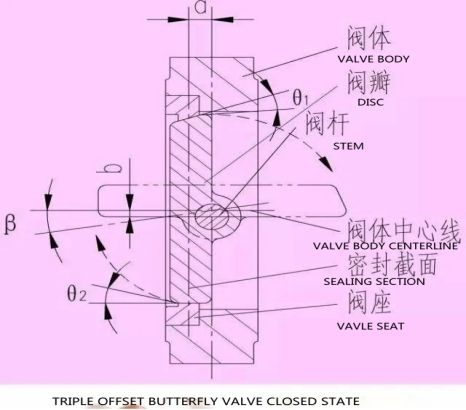 The triple eccentric butterfly valve must be resistant to high temperatures and must use a hard seal, but the leakage is large. To zero leakage, a soft seal must be used, but it is not resistant to high temperatures.
The triple eccentric butterfly valve must be resistant to high temperatures and must use a hard seal, but the leakage is large. To zero leakage, a soft seal must be used, but it is not resistant to high temperatures.
4.1 Structural features of triple eccentric butterfly valve
Disc rotation center ( the center of the valve shaft) forms an offset of A on the sealing section of the disc and an offset of b with the center of the valve body; the centerline of the valve body sealing surface and the centerline of the valve seat (that is, the centerline of the valve body) form an angular offset of β .
Triple eccentric butterfly vavle structural feature is that while the double eccentric valve stem axis position is eccentric, the conical axis of the disc sealing surface is skewed to the cylinder axis of the body, that is to say, after the third eccentricity, the sealing section of the disc is not a true circle any more, but an ellipse, and the shape of the sealing surface is therefore asymmetric, one side is inclined to the center line of the body, and the other side is parallel to the center line of the body.
The biggest feature of the triple eccentric butterfly valve is that the sealing structure is fundamentally changed. It is no longer a positional seal, but a torsion seal, that is, it does not rely on the elastic deformation of the valve seat, but completely relies on the contact surface pressure of the valve seat to achieve the sealing effect.
To know more about valves please visit:
Export Office: 21Floor, No.5 Nanhai Zhi Road,Qingdao, Shandong ,China
Work Shop: Beian Industrial zone, Qingdao,Shandong,China
+86 532 88256399
Martin
© 2020 Qingdao Fluido Industrial Co.,Ltd. All Rights Reserved. Qingdao fluido valve

